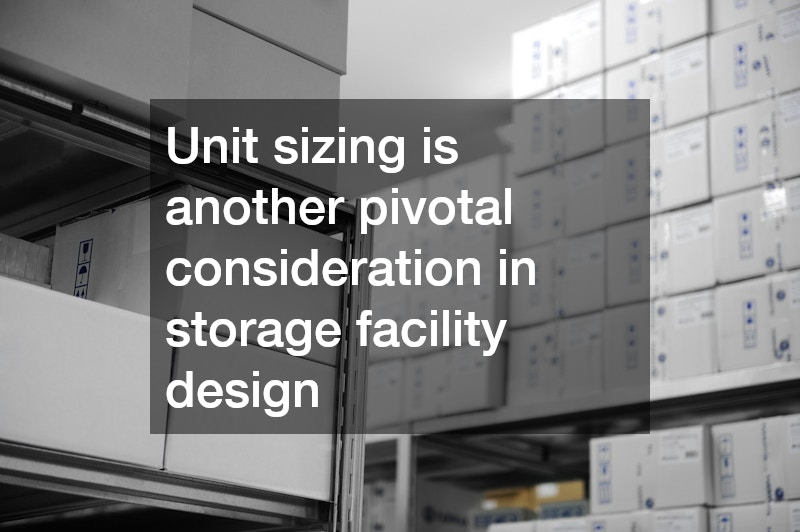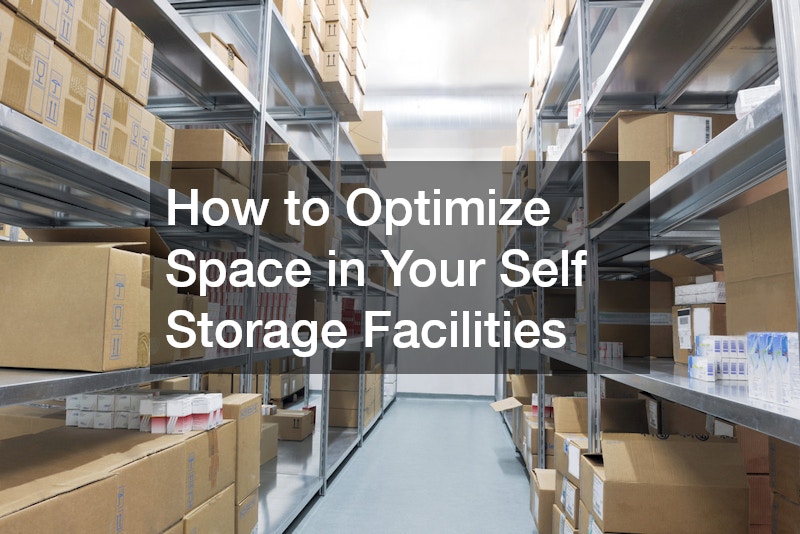Maximizing the use of space in self storage facilities is key to improving operational efficiency and profitability. As the demand for self storage services continues to grow, facility operators face the challenge of making the most out of available space. This article provides insights into the most effective strategies for optimizing space utilization in these facilities, ensuring that both client needs and operational goals are met.
Choosing the Right Layout
When it comes to optimizing space in self storage facilities, adopting effective layout strategies is vital. Grid layouts are among the most popular due to their simplicity and versatility. They allow for easy navigation and organization, enabling facility operators to maximize floor space efficiently. By clearly delineating paths and units, grid layouts ensure both accessibility and optimal space usage.
In addition to grid layouts, angled row layouts can also significantly enhance space utilization. These layouts facilitate better traffic flow by reducing congestion, particularly during peak hours. Angled designs offer a dynamic approach to arranging storage units, thereby improving both accessibility and client satisfaction. Strategic placement of units and walkways is crucial in realizing the full benefits of this layout.
Lastly, optimized walkways play a crucial role in space optimization. Wide walkways are essential to ensure easy access to storage units and accommodate trolleys and other equipment. By minimizing unnecessary physical barriers, facilities can achieve not only better aesthetics but also improved customer experiences. Effective utilization of space necessitates considering both unit layout and customer accessibility in equal measure.
Considering Facility Design
Efficient facility design is a cornerstone of space utilization in self storage operations. One critical aspect is ceiling height, which can drastically influence the amount of usable space. By incorporating taller ceilings, facilities can stack storage units vertically, effectively doubling or tripling available space. This approach maximizes the cubic footage of each unit, offering customers more options while utilizing less land.
Unit sizing is another pivotal consideration in storage facility design. Offering a variety of unit sizes allows facilities to cater to diverse client needs, from small personal items to large furniture pieces. Strategically distributing differently sized units can lead to higher occupancy rates and better space utilization, ensuring every part of the facility is employed effectively.
Finally, multi-level storage solutions provide an innovative way to expand capacity without increasing the facility’s footprint. By building upwards, operators can offer more units within the existing land area, optimizing site usage and potentially reducing costs. These multi-level facilities often incorporate elevators and ramps for easy access, enhancing usability while maximizing space.
Flexible Storage Solutions
The introduction of flexible storage solutions has revolutionized the self storage industry. Offering versatile unit options allows facilities to accommodate short-term renters and long-term clients without altering physical infrastructure. This adaptability improves customer satisfaction by providing tailored solutions that meet unique storage needs.
Portable storage options have become increasingly popular, offering convenience beyond traditional storage spaces. These portable units can be delivered to a customer’s location, filled at their leisure, and then transported back to the storage facility. Such options enhance space-use efficiency by allowing offsite storage and reducing onsite congestion.
Reconfigurable spaces offer a dynamic advantage in facility management. Modular unit designs enable operators to alter the size and configuration of storage units as demand shifts, adapting to customer requirements in real-time. This flexibility not only optimizes space but also ensures the facility can quickly respond to market changes and evolving customer preferences.
Budgeting for Costs
Optimizing space in self storage facilities often leads to significant cost savings and increased revenue opportunities. By effectively utilizing available space, operators can accommodate more tenants without expanding the physical footprint of the facility. This increase in occupancy directly translates into higher income levels and enhanced profitability.
Moreover, efficient space utilization can lead to reduced operational costs. Facilities that optimize their layouts and incorporate technology may experience lower energy and maintenance expenses. Technology solutions like smart lighting and climate control ensure that even large facilities operate efficiently, minimizing unnecessary expenditures while maximizing customer comfort.
Lastly, effective space optimization strategies contribute to improved customer satisfaction. When facilities are designed with optimal accessibility and a variety of unit sizes, clients are more likely to find solutions that meet their specific needs. Satisfied customers are more likely to recommend services and return for future storage needs, providing ongoing business and bolstering the facility’s reputation within the community.
Effectively optimizing space in self storage facilities involves a strategic combination of layout design, technology, flexible solutions, and cost management. By addressing these areas, facility operators can enhance storage efficiency and customer experience. The integration of technology and design innovation ensures that facilities remain adaptable and secure while meeting the ever-changing demands of consumers. Ultimately, a well-optimized storage facility not only boosts profitability but also strengthens client relationships, fostering a sustainable business model in a competitive market.

